The Xiaomi Mi9 Review: Flagship Performance At a Mid-Range Price
by Andrei Frumusanu on September 13, 2019 9:00 AM EST- Posted in
- Mobile
- Smartphones
- Xiaomi
- Snapdragon 855
- Xiaomi Mi9
Camera - Daylight Evaluation
The Mi9’s camera setup is certainly a key factor for the device. The combination of a triple camera setup at this price range is very uncommon, and Xiaomi historically has had quite good post-processing calibration. It’s also a new vendor amongst the many IMX586 6 implementations we’ve seen this year, giving us another look at how post-processing can differ results of the same hardware.
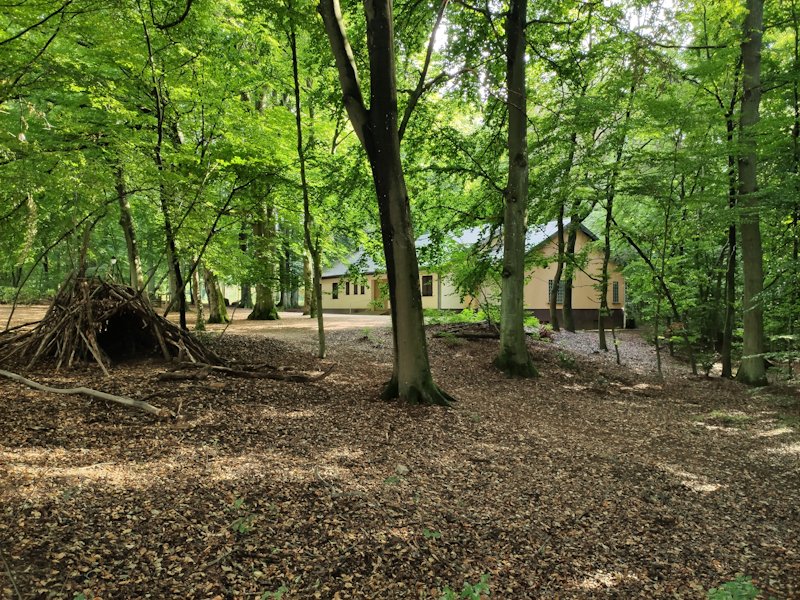
[ Mi9 ] - [ S10+ (E) ] - [ S10+ (S) ]
[ Xperia 1 ] - [ P30 Pro ] - [ Reno 10x ]
[ G8 ] - [ BlackShark 2 ] - [ RedMagic 3 ]
[ Pixel 3 ] - [ iPhone XS ]
In the first shot we see the Mi9 do very well in terms of the exposure. For this comparison I didn’t quite have all the IMX586 phones included, however I think this was probably the best showing of all the devices out there. Xiaomi’s processing still managed to accurately capture the lighting of the scene all without unnaturally darkening shadows or eating up the highlights.
Particularly the colour balance was spot on, another thing I noticed many phones have issues with in this scene. The Mi9 even populates the EXIF of the shot with the correct D55 WB illuminant.
In terms of detail, the Mi9 doesn’t stand out too much, but this was again expected of the camera sensor whose quad-bayer sensor design doesn’t seem to be able to have as quite good spatial resolution and pixel deep trench isolation as classical native bayer sensors.
The wide-angle shot also does very well in terms of exposure and colour-balance. Detail is also relatively strong compared to other wide-angle cameras, but clearly loses to the P30 Pro or Xperia 1. Also note that the wide angle is noticeably narrower than that of the S10 for example.
The telephoto shot is very good again in terms of composition and I don’t have much negative to say about it.
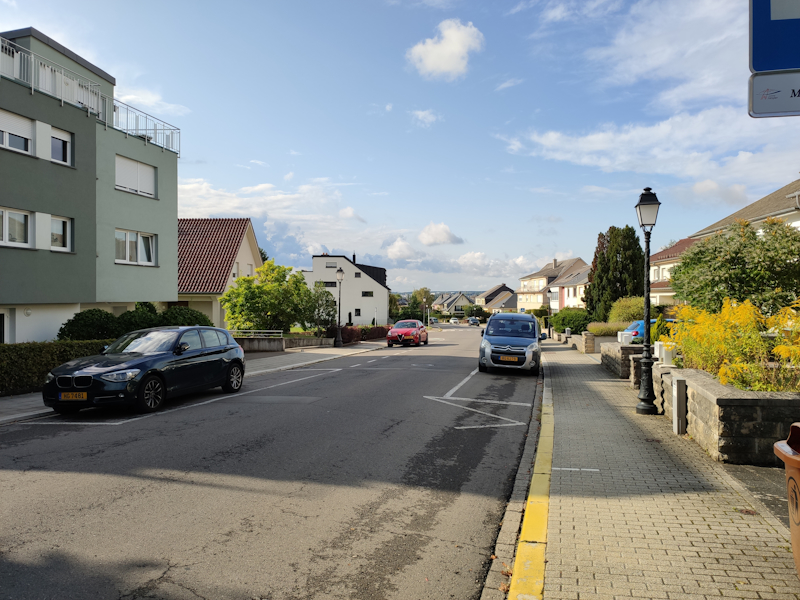
[ Mi9 ] - [ S10+ (E) ] - [ S10+ (S) ]
[ Xperia 1 ] - [ P30 Pro ] - [ Reno 10x ]
[ G8 ] - [ BlackShark 2 ] - [ RedMagic 3 ]
[ Pixel 3 ] - [ iPhone XS ]
In this shot, I think the Mi9’s colour temperature is just a tad too warm, but not too overly off. What’s noticeable here is that the capture is lacking a bit in dynamic range, for example crushing the shadows on the left car far too much, although I can’t say the Reno 10x with the same sensor does any better. Detail-wise, the Mi9 does very well here, avoiding any noticeable noise reduction or sharpening filters.
The wide angle again had a bit too warm colour temperature and this time around I’d also say the exposure is lacking in highlights, avoiding much in the top 10% of levels which results in a bit flatter image. Details for a wide-angle are very good.
The zoom is showcasing similar behaviour, a bit off colour temperature and lacking a bit in the brighter highlights of the scene.
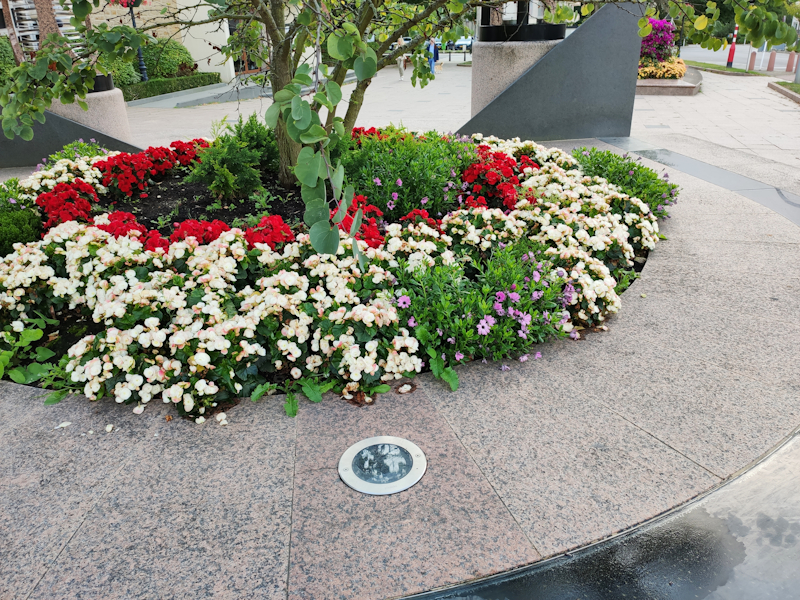
[ Mi9 ] - [ S10+ (E) ] - [ S10+ (S) ]
[ Xperia 1 ] - [ P30 Pro ]
[ Reno 10x ] - [ G8 ] - [ BlackShark 2 ]
[ RedMagic 3 ] - [ Pixel 3 ]
When under cloud cover, the Mi9 seems to also do well in terms of exposure although in this particular scene the flowers look overexposed. The main sensor’s limitations here seem to be solely related to its hardware capabilities, notably lacking behind in sheer dynamic range to be able to capture the petals correctly.
The wide-angle shot is excellent and amongst the best. The reduced viewing angle with the 16MP sensor resolution means the Mi9 gets amongst the most detailed shots among the wide-angle crew. It showcases what the G8 could have been if it didn’t have a post-processing smear filter.
The telephoto here lacks a bit in dynamic range and thus blows out the details of the petals of the flowers.
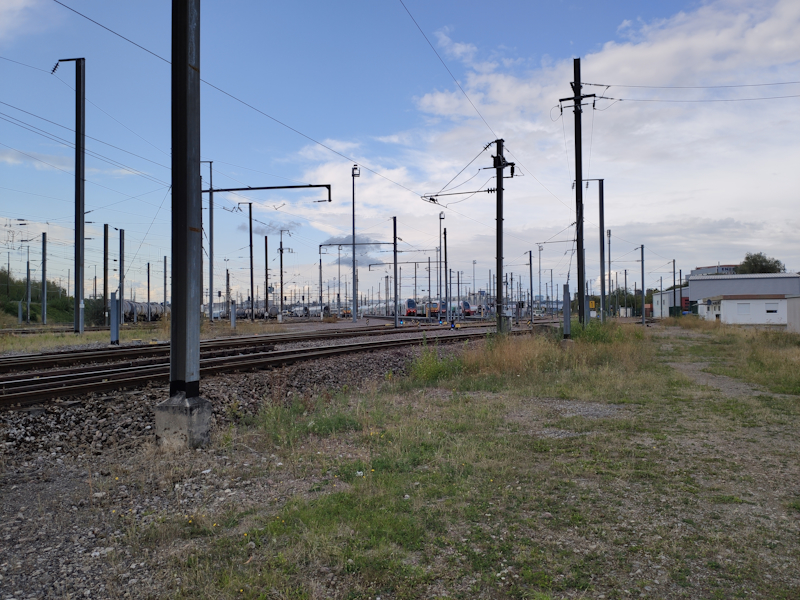
[ Mi9 ] - [ S10+ (E) ] - [ S10+ (S) ]
[ Xperia 1 ] - [ P30 Pro ]
[ Reno 10x ] - [ G8 ] - [ BlackShark 2 ]
[ RedMagic 3 ] - [ Pixel 3 ] [ iPhone XS ]
The next scene was locally overcast, however still showcasing a bright sky in the background. This confused the processing on the Mi9 a bit as the shots between the main and wide-angle weren’t consistent in terms of their exposure, with the wide-angle being far too dark.
The fine power lines against the bright sky also serve as good subjects showcasing some of the HDR/sharpening drawbacks – we see some odd step-wise artefacts on the Mi9’s towards the centre-left lines, with generally some more noticeable brightness halos around the lines. The latter are also extremely pronounced on the Snapdragon S10 so it’s not something unique to the Mi9.
Because of the exposure issue, the wide-angle isn’t very usable in my opinion. The zoom camera is extremely competitive and I can’t see immediate flaws.
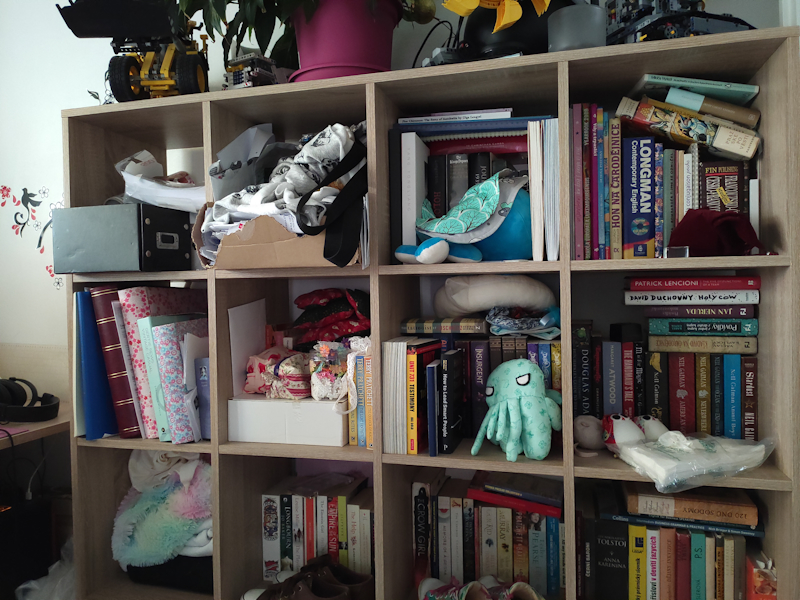
[ Mi9 ] - [ S10+ (E) ] - [ S10+ (S) ] - [ Xperia 1 ] - [ P30 Pro ]
[ Reno 10x ] - [ G8 ] - [ BlackShark 2 ] - [ RedMagic 3 ]
[ Pixel 3 ] - [ iPhone XS ]
Indoors, the Mi9’s main camera sensor is good, but we’re again seeing some hardware limitation of the IMX586 we’ve seen in numerous other phones, such as the reduced dynamic with less details in shadows.
Daylight Camera Conclusion
Overall, I found the cameras on the Mi9 to be very good and also quite competitive. I think this may be the best implementation of the IMX586 in terms of daylight capture results, with Xiaomi traditionally having good calibration resulting in balanced HDR and good colour temperatures. Things weren’t always perfect and there’s shots here and there which were a bit off the mark, but it’s nothing too bad. I think overall, it’s a better main sensor camera experience than the OnePlus 7, both phones being otherwise equal in hardware.
The wide-angle on the Mi9 also was excellent and is above-average in this category. Xiaomi avoids any obvious degrading post-processing and the 16MP thus shines in terms of detail. It wasn’t quite the best in terms of exposure as sometimes it wasn’t consistent with the results that the main camera produced.
Finally, the telephoto was also very good and competitive with good amount of detail, actually achieving some of the best results amongst the 2x optical modules out there. I didn’t see anything particularly wrong here for the Mi9 so it’s a definite positive result.
Overall Xiaomi did a good job on the cameras of the Mi9 – at least in the context of what the sensors are able to achieve.










96 Comments
View All Comments
Andrei Frumusanu - Friday, September 13, 2019 - link
That article is garbage, linear one axis VCM actuation isn't anywhere near the effect of real OIS.eastcoast_pete - Friday, September 13, 2019 - link
Thanks for the response! I agree that the lack of real OIS doesn't bode well for video. I also looked at the gizchina article mentioned by Redmyth here, and it seems to be more of a single axis autofocus than a multi-axis OIS. Still, if you have a chance, would like to hear how the EIS in this phone coped, especially in 4K.Redmyth79 - Friday, September 13, 2019 - link
Well I personally own or owned Galaxy S4, S5, S6, S7, S8, S8+, S9+, Note 9, LG G2, G3, G4, V20, V30, iPhone 6plus, 8plus and now a Xiaomi Mi 9. I can tell you that none are close to the photo abilities or the stabilization of the Mi 9! That's not hype but facts as I still have most my flagships today including the Note 9 which until the Note 10 was Samsung's top Note ever and it beats it day or night in photo or video and not by just a little bit.You do realize the IMX586 in the OnePlus 7pro somehow scored a 118 in Dxomark yet the Mi 9 scored a 112 but it beats it in 9 out of 10 photo reviews online especially in real world YouTube reviews. So technically it has the ability to stay with any flagship out today in photo but it's night cam is not as good as P30 pro I can promise you and pixel does extremely well there to. But the catch is that the Mi 9 has a very good ported version of Gcam online from XDA free of charge that makes its night shot awesome. Without it it still beats anything from last year minus the Pixel 3xl and this year it beats quite a few as well. But with Gcam it does great against any period but the P30 is still in my opinion in its own league.
The Zoom on the P30 is unheard of!
As for Video, check out many reviews on line especially YouTube but again check out Dxomark's review and stabilization rating on the Mi 9. It's anything but a one axis OIS lol. Xiaomi was the one that created 4 axis!
Why would they abandon it on there flagship if something new was not better? Seriously? Think about that.
Also I have a Pixel 3XL and a iPhone Max in house that I've tested the Mi 9 against personally and it beats them both rather well.
eastcoast_pete - Saturday, September 14, 2019 - link
I actually looked at the dxomark article on the Mi 9, and they did indeed give it one of their best scores for video, especially mentioning the good video stabilization in 4K. @Andrei: could you give your review unit a quick test of its video capabilities, especially the stabilization, and let us know what's what? Thanks!Bulat Ziganshin - Friday, September 13, 2019 - link
In the first night shot Mi9 Wide and Night photos are swappedairdrifting - Friday, September 13, 2019 - link
Let me guess, this doesn't work in US? Why can't we have all the good things?NXTwoThou - Friday, September 13, 2019 - link
I'm using a Mi9 6/256 Transparent edition with AT&T in the US right now.NXTwoThou - Friday, September 13, 2019 - link
Sorry, 8/256. It's the china version and covers most of the bands. I haven't had any connectivity issues in Oklahoma, but I haven't done a lot of traveling.Redmyth79 - Friday, September 13, 2019 - link
The EU global version works perfect on AT&T or T-Mobile. I have it on both.realbabilu - Saturday, September 14, 2019 - link
Just been in the us for US open. It is gave LTE for T mobile